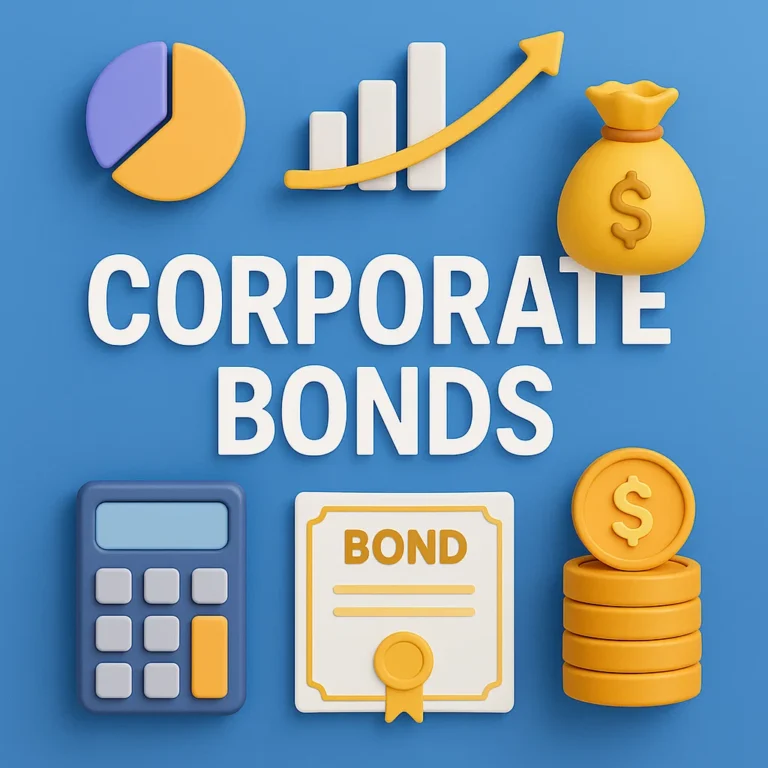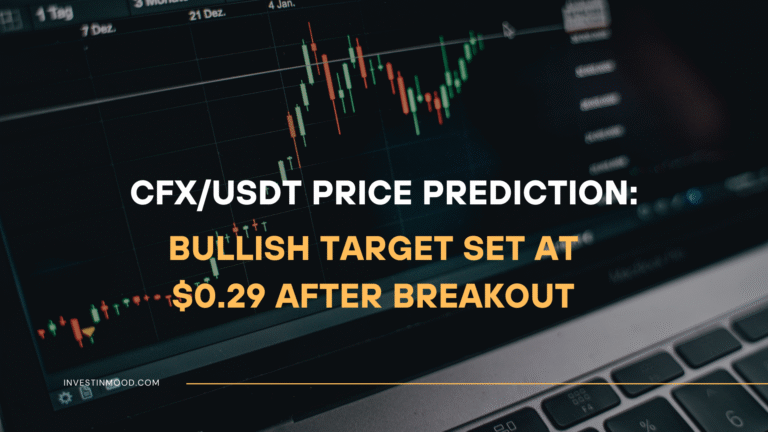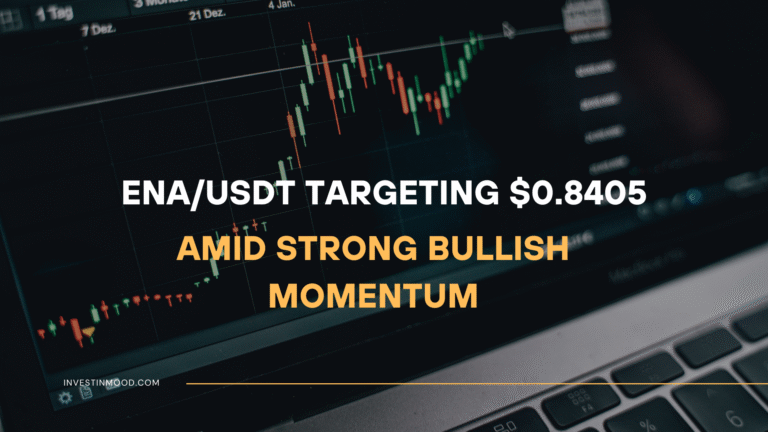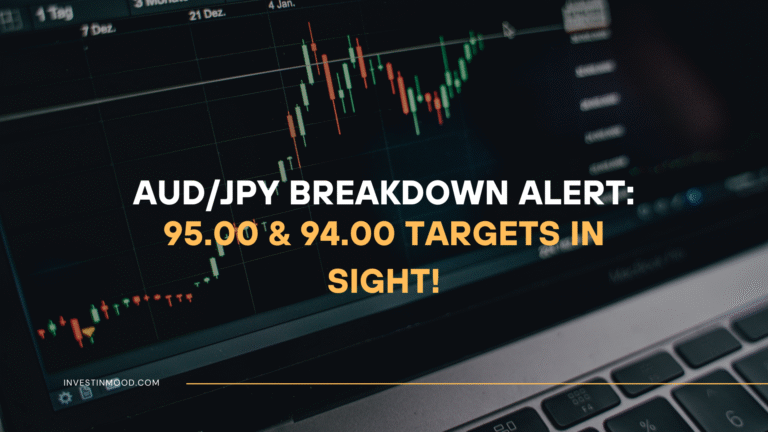
Image Source: [https://www.freepik.com]
Part of the Series: Stock Market & Asset Investing
Dividend Stocks are a crucial component of many shareholder’s assets, providing a consistent source of salary through regular cash payouts. Whether you’re a beginner or an evolved shareholder, understanding what Dividend Stocks are, how they operate, and how to pick the optimal ones for your needs is critical. This complete steer will contain everything from the fundamentals to more complex tactics, assuring you’re well equipped to form educated determinations.
KEY TAKEAWAYS
What Are Dividend Stocks
Dividend Stocks are stocks of organizations that regularly distribute a portion of their earnings to shareholders in the form of earnings. These remittances can be made quarterly, semiannually, or annually, and they are typically paid in cash, though some corporations provide returns in the structure of supplementary holdings. The sum of the dividend is usually expressed as a dollar volume per share or as a percentage recognized as the “dividend yield.”
In simpler provisions, Dividend Stocks enable stakeholders to acquire funds from both the appreciation of the stock rate and the earnings paid by the company. This forms Dividend Stocks, an attractive decision for shareholders searching for passive earnings or those starting to reinvest earnings to compound their returns. If you’re searching for the best dividend stocks to consist of in your investments, it’s crucial to direct on those with a dependable background of payouts and the capacity for increase.
How Do Dividend Stocks Perform
Dividend Stocks function by presenting a stable earnings flow to shareholders. Here’s an analysis of the essential elements:
- Dividend Declaration: A company’s board of directors declares the dividend, including the volume and the instance when the installment will be made.
- Ex-Dividend Moment: To be eligible for the dividend, a capitalist must own the stock before the ex-dividend moment. If you acquire the stock on or after this instance, you will not collect the upcoming dividend.
- Dividend Payment Date: This is the day when the dividend is actually paid to shareholders, typically in the structure of cash. For example, if a company declares a $1 per share dividend, shareholders will get that volume for each share they own.
- Dividend Yield: This is one of the most significant metrics when evaluating Dividend Stocks. The yield is calculated by dividing the annual dividend settlement by the stock’s rate. For example, if a company pays an annual dividend of $2 per share and the stock cost is $50, the dividend yield is 4% ($2 ÷ $50).
- Dividend Reinvestment Plans (DRIPs): Many firms present DRIPs, which enable shareholders to automatically reinvest their distributions into more holdings of stock, often at a discounted value. This plan can accelerate fortune building over time.
When picking among the best dividend stocks, think about both the yield and the company’s ability to sustain or increase payouts in the possibilities.
Why Invest in Dividend Stocks
Capitalizing in Dividend Stocks presents several essential advantages:
- Steady Income: Dividend Stocks offer a steady earnings flow, which can be especially beneficial during periods of exchange variation. This is why they are well known among retirees or those searching to supplement their earnings.
- Reduced Variation: Entities that pay payouts tend to be well established, often with stable earnings and a trace record of profitability. As an effect, dividend settling stocks are generally less unstable than non-Dividend Stocks.
- Compounding: By reinvesting returns, you can obtain advantage of the power of compounding, which can significantly boost prolonged term returns.
- Inflation Protection: Some Dividend Stocks, particularly those in fields like utilities and consumer goods, can present protection against price hike, as they often grow dividend payouts over time in response to rising charges.
- Tax Gains: In some jurisdictions, qualified earnings are taxed at a decreased value than ordinary salary, producing them a more tax-efficient funding.
The best dividend stocks tend to be those in markets with stable cash flow, like utilities and consumer staples, that are less affected by financial cycles.
How to Pick Dividend Stocks
Picking the correct Dividend Stocks involves more than just finding an increased dividend yield. A thorough evaluation of a company’s fiscal strength and the sustainability of its dividend installments is crucial. Here are some steps to support you opt for the best dividend stocks:
1. Check Dividend Past
Look for corporations with a prolonged past of remitting earnings. Organizations that have paid returns for many ages, especially those with a monitor record of increasing their payouts annually (often called Dividend Aristocrats), are typically a safer bet. This reveals a dedication to returning worth to shareholders.
2. Assess The Dividend Yield
While an increased dividend yield can be attractive, it’s crucial to evaluate whether it’s sustainable. A yield that’s too increased may indicate that the stock cost has dropped due to fiscal troubles or other problems. A sustainable yield is one that aligns with the company’s earnings and payout relationship.
3. Evaluate The Payout Ratio
The payout ratio is the proportion of earnings that a company pays out as returns. A relationship of 40/60% is generally considered healthy, as it leaves enough room for the company to reinvest in its operations and develop. A payout relationship increased by more than 70% could signal that the company is settling out more than it can afford, which might not be sustainable in the prolonged term.
4. Look at the Company’s Financial Health
Before financing in Dividend Stocks, appraise the company’s overall monetary condition. essential metrics to analyze comprise:
- Revenue Development: Look for firms with stable or increasing revenue, which suggests the business is thriving and can endorse dividend remittances.
- Debt Levels: Elevated levels of deficit can restrict a company’s ability to pay earnings, especially if loan charges dues are a considerable burden.
- Cash Flow: Constructive cash flow is crucial for dividend dues. businesses that produce strong, constant cash flow are more likely to sustain or grow their distributions.
5. Evaluate Industry Stability
Certain markets, such as utilities, consumer staples, and healthcare, tend to be more stable and trustworthy in stipulations of dividend payouts. On the other hand, cyclical markets like technology and energy may experience more fluctuation in their dividend installments, depending on trading space factors.
6. Interpret The Dividend Growth Potential
Look for corporations that not only pay distributions but also possess the promise to develop those payouts over time. returns that amplify regularly can significantly improve your capital allocation’s prolonged term returns through both the direct cash flow and the compounded progress.
7. Expand Your Portfolio
While Dividend Stocks can provide a stable salary, it’s crucial to expand across diverse industries and regions to mitigate risk. By spreading your assets across many corporations, you cut the result of any one company’s underperformance on your overall holdings.
When researching the best dividend stocks, prioritize firms with both a stable payout and development possibility, especially in fields that show resilience in diverse monetary climates.
Advanced Dividend Stock Strategies
For more experienced shareholders, there are several evolved tactics to optimize returns from Dividend Stocks:
- Dividend Growth Financing: This approach focuses on funding in businesses that contain a past of increasing their earnings over time. The goal is to build an asset base of stocks that present increasing earnings and prospects funds appreciation.
- Dividend Capture Approach: This involves acquiring a stock just before the ex-dividend instance and selling it shortly afterward to gain the dividend payout. While this plan can be fruitful in the temporary term, it carries hazards, as stock prices may drop after the dividend is paid.
- International Dividend Stocks: For diversification, some capitalists turn to dividend settling stocks outside their country. International Dividend Stocks may present attractive yields, but they appear with extra hazards, such as money fluctuation and geopolitical challenges.
- Tax Efficient Dividend Tactics: Depending on your tax condition, you may wish to direct on stocks that pay qualified returns, which are taxed at a reduced cost than ordinary revenue. You can also hold Dividend Stocks in tax advantaged accounts like IRAs or 401(k)s to defer taxes on your payouts.
The best dividend stocks for a tax productive plan are those in stable areas with a strong development outlook, helping you optimize returns while minimizing risk.
Conclusion
Dividend Stocks are a powerful tool for stakeholders pursuing passive salary, durability, and prolonged term assets progress. By carefully selecting stocks with strong dividend histories, sustainable payout ratios, and strong fiscal strength, backers can build an asset base that not only offers a regular salary but also an opportunity for wealth appreciation. Whether you’re just starting or are a complex shareholder searching to enhance your tactic, understanding how Dividend Stocks function and how to pick the proper ones is indispensable to attaining economic accomplishment. Always aim to find the best dividend stocks that match your economic targets.






